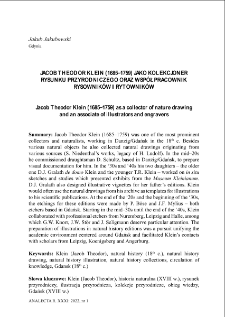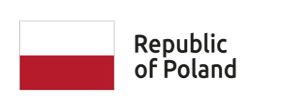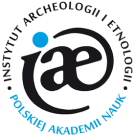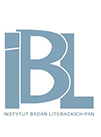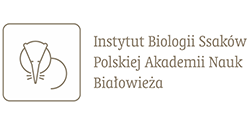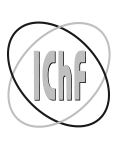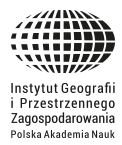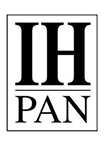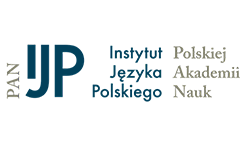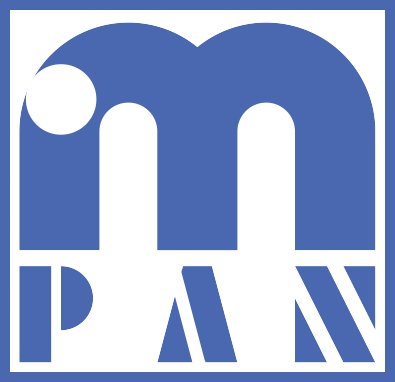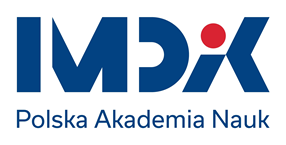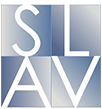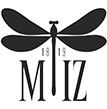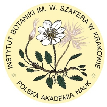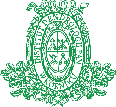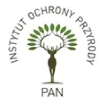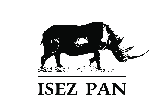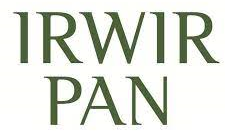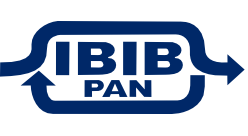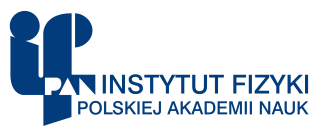
Object
Title: Jacob Theodor Klein as a collector of the nature drawing and an associate of illustrators and engravers
Subtitle:
Analecta: Studies and Materials for the History of Science
Institutional creator:
Instytut Historii Nauki im. Ludwika i Aleksandra Birkenmajerów Polskiej Akademii Nauk
Publisher:
Instytut Historii Nauki im. Ludwika i Aleksandra Birkenmajerów Polskiej Akademii Nauk
Place of publishing:
Date on-line publ.:
Type of object:
Abstract:
Jacob Theodor Klein (1685–1759) was one of the most prominent collectors and naturalists operating in Gdańsk in the 18th century. Apart from natural specimens, he was gathering nature drawings, acquired from sources such as Samuel Niedenthal’s body of work or Hiob Ludolf’s legacy. In the mid-1720s, Klein commissioned David Schultz, a draughtsperson based in Gdańsk, to produce visual documentation of the Museum Kleinianum. Afterwards, the task was taken over by two of Klein’s daughters, Dorothea Juliana Gralath and Theodora Renata Klein, who made in-situ studies of selected museum exhibits with the former designing vignette illustrations for her father’s editions as well. Engravings modelled after the nature drawings from Klein’s collection often illustrated his scientific publications. Earlier ones, from the late 1720s and early 1730s, were made by Gdańsk-based Peter Böse and Johann Friedrich Mylius; later ones, from the mid-1730s to the end of the 1740s, by professional artists from Nuremberg, Leipzig and Halle on the Saale, among whom Georg Wolfgang Knorr, Johann Wilhelm Stör and Johann Michael Seligmann deserve special mention. Klein’s work consolidated the naturalist community of Gdańsk and promoted academic networking within the region.
Relation:
Analecta : studia i materiały z dziejów nauki polskiej
Volume:
Issue:
Start page:
End page:
Detailed Resource Type:
Format:
Resource Identifier:
1230-1159 ; oai:rcin.org.pl:243321
Language:
Language of abstract:
Rights:
Creative Commons Attribution BY-NC-ND 4.0 license
Terms of use:
Original in:
Library of the Institute for the History of Science PAS
Access:
Object collections:
- L.&A. Birkenmajer Institute for the History of Science PAS
- L.&A. Birkenmajer Institute for the History of Science PAS > Biblioteka IHN PAN > Magazines
Last modified:
Dec 30, 2024
In our library since:
Dec 30, 2024
Number of object content downloads / hits:
4
All available object's versions:
https://rcin.org.pl./ihn/publication/280355

 INSTYTUT ARCHEOLOGII I ETNOLOGII POLSKIEJ AKADEMII NAUK
INSTYTUT ARCHEOLOGII I ETNOLOGII POLSKIEJ AKADEMII NAUK
 INSTYTUT BADAŃ LITERACKICH POLSKIEJ AKADEMII NAUK
INSTYTUT BADAŃ LITERACKICH POLSKIEJ AKADEMII NAUK
 INSTYTUT BADAWCZY LEŚNICTWA
INSTYTUT BADAWCZY LEŚNICTWA
 INSTYTUT BIOLOGII DOŚWIADCZALNEJ IM. MARCELEGO NENCKIEGO POLSKIEJ AKADEMII NAUK
INSTYTUT BIOLOGII DOŚWIADCZALNEJ IM. MARCELEGO NENCKIEGO POLSKIEJ AKADEMII NAUK
 INSTYTUT BIOLOGII SSAKÓW POLSKIEJ AKADEMII NAUK
INSTYTUT BIOLOGII SSAKÓW POLSKIEJ AKADEMII NAUK
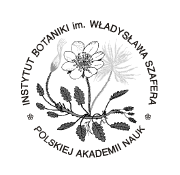 INSTYTUT CHEMII FIZYCZNEJ PAN
INSTYTUT CHEMII FIZYCZNEJ PAN
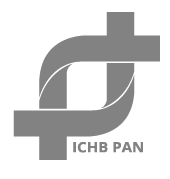 INSTYTUT CHEMII ORGANICZNEJ PAN
INSTYTUT CHEMII ORGANICZNEJ PAN
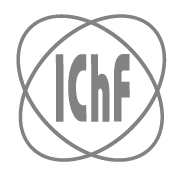 INSTYTUT FILOZOFII I SOCJOLOGII PAN
INSTYTUT FILOZOFII I SOCJOLOGII PAN
 INSTYTUT GEOGRAFII I PRZESTRZENNEGO ZAGOSPODAROWANIA PAN
INSTYTUT GEOGRAFII I PRZESTRZENNEGO ZAGOSPODAROWANIA PAN
 INSTYTUT HISTORII im. TADEUSZA MANTEUFFLA POLSKIEJ AKADEMII NAUK
INSTYTUT HISTORII im. TADEUSZA MANTEUFFLA POLSKIEJ AKADEMII NAUK
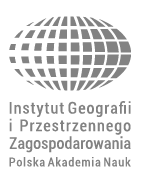 INSTYTUT JĘZYKA POLSKIEGO POLSKIEJ AKADEMII NAUK
INSTYTUT JĘZYKA POLSKIEGO POLSKIEJ AKADEMII NAUK
 INSTYTUT MATEMATYCZNY PAN
INSTYTUT MATEMATYCZNY PAN
 INSTYTUT MEDYCYNY DOŚWIADCZALNEJ I KLINICZNEJ IM.MIROSŁAWA MOSSAKOWSKIEGO POLSKIEJ AKADEMII NAUK
INSTYTUT MEDYCYNY DOŚWIADCZALNEJ I KLINICZNEJ IM.MIROSŁAWA MOSSAKOWSKIEGO POLSKIEJ AKADEMII NAUK
 INSTYTUT PODSTAWOWYCH PROBLEMÓW TECHNIKI PAN
INSTYTUT PODSTAWOWYCH PROBLEMÓW TECHNIKI PAN
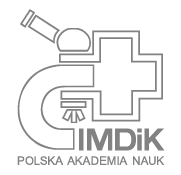 INSTYTUT SLAWISTYKI PAN
INSTYTUT SLAWISTYKI PAN
 SIEĆ BADAWCZA ŁUKASIEWICZ - INSTYTUT TECHNOLOGII MATERIAŁÓW ELEKTRONICZNYCH
SIEĆ BADAWCZA ŁUKASIEWICZ - INSTYTUT TECHNOLOGII MATERIAŁÓW ELEKTRONICZNYCH
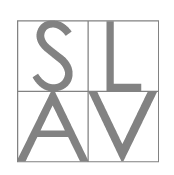 MUZEUM I INSTYTUT ZOOLOGII POLSKIEJ AKADEMII NAUK
MUZEUM I INSTYTUT ZOOLOGII POLSKIEJ AKADEMII NAUK
 INSTYTUT BADAŃ SYSTEMOWYCH PAN
INSTYTUT BADAŃ SYSTEMOWYCH PAN
 INSTYTUT BOTANIKI IM. WŁADYSŁAWA SZAFERA POLSKIEJ AKADEMII NAUK
INSTYTUT BOTANIKI IM. WŁADYSŁAWA SZAFERA POLSKIEJ AKADEMII NAUK
